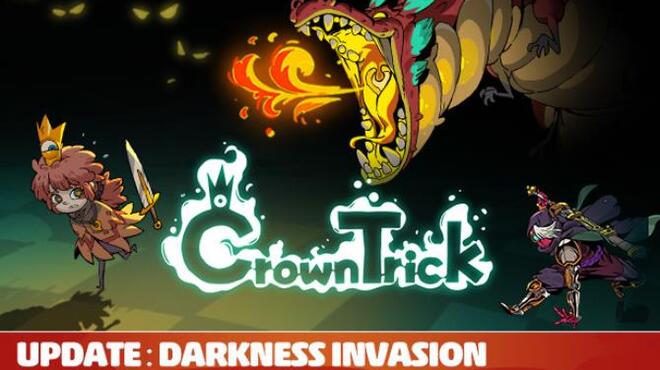

#CROWN TRICK CRACK CODE#
The Kremlin operatives who hacked SolarWinds hid espionage code in an IT management tool called Orion, used by as many as 18,000 companies and institutions globally.
#CROWN TRICK CRACK SOFTWARE#
This past December, when it became public that the company SolarWinds was hacked by Russian spies, the world woke up to the notion of a “supply chain attack”: a technique in which an adversary compromises a point of vulnerability in a software or hardware supplier positioned upstream from-and out of sight of-its target, a blind spot in the victim's view of their cybersecurity risks. RSA had added an extra, unique padlock to millions of doors around the internet, and these hackers now potentially knew the combination to every one.

#CROWN TRICK CRACK PASSWORD#
Now, after stealing those seeds, sophisticated cyberspies had the keys to generate those codes without the physical tokens, opening an avenue into any account for which someone’s username or password was guessable, had already been stolen, or had been reused from another compromised account.

The SecurID seeds that RSA generated and carefully distributed to its customers allowed those customers’ network administrators to set up servers that could generate the same codes, then check the ones users entered into login prompts to see if they were correct. And with a growing sense of dread, Leetham had finally traced the intruders’ footprints to their final targets: the secret keys known as “seeds,” a collection of numbers that represented a foundational layer of the security promises RSA made to its customers, including tens of millions of users in government and military agencies, defense contractors, banks, and countless corporations around the world. Leetham-a bald, bearded, and curmudgeonly analyst one coworker described to me as a “carbon-based hacker-finding machine”-had been glued to his laptop along with the rest of the company’s incident response team, assembled around the company’s glass-encased operations center in a nonstop, 24-hours-a-day hunt. It was a spring evening, he says, three days-maybe four, time had become a blur-after he had first begun tracking the hackers who were rummaging through the computer systems of RSA, the corporate security giant where he worked. Amid all the sleepless hours that Todd Leetham spent hunting ghosts inside his company’s network in early 2011, the experience that sticks with him most vividly all these years later is the moment he caught up with them.


 0 kommentar(er)
0 kommentar(er)
